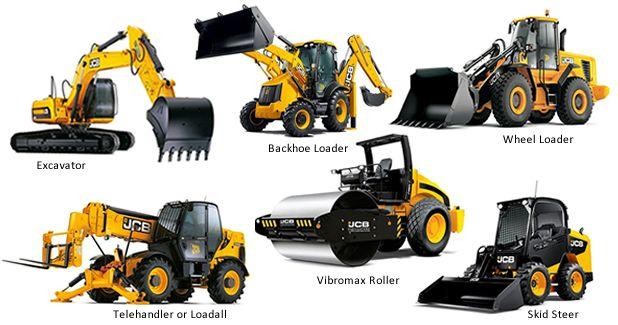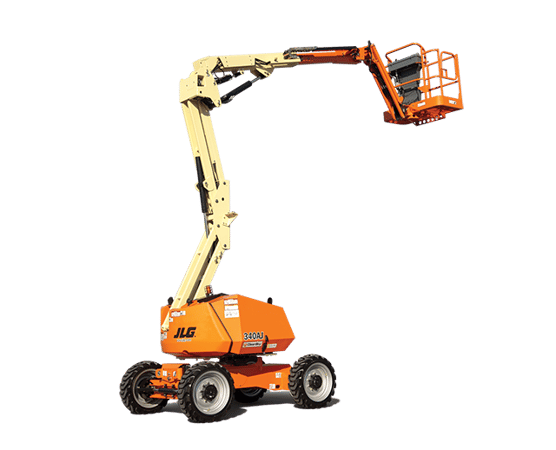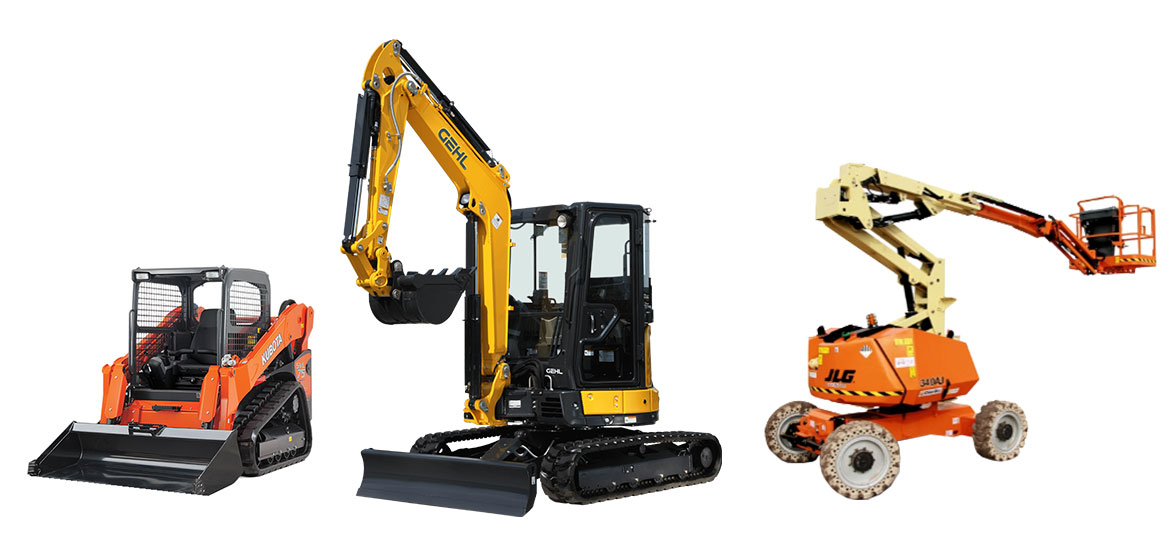Mini Excavator Rental: Compact Machines for Limited Spaces
Mini Excavator Rental: Compact Machines for Limited Spaces
Blog Article
Maximize Your Budget by Comprehending the Prices Connected With Building Devices Services
Understanding the full extent of costs linked with building devices leasings is crucial for maximizing your budget plan. What techniques can be used to efficiently take care of these expenses and guarantee an extra efficient rental experience?
Overview of Rental Expenses
When considering building and construction tools leasings, recognizing the linked expenses is critical for effective budgeting and project preparation. Rental costs can vary significantly based upon a number of variables, including equipment kind, duration of rental, and location. The initial rental charge typically shows the equipment's market demand and its associated operational capabilities, affecting the total expense.
Along with the base rental price, secondary expenses might emerge, such as transportation fees, gas additional charges, and maintenance costs. It is necessary to represent these extra expenditures to precisely assess the complete price of renting out devices. The rental duration can impact prices; longer services may qualify for reduced prices, while temporary services might incur greater day-to-day costs.

Malfunction of Rental Prices
An extensive understanding of rental rates is important for service providers and task managers intending to optimize their spending plans. Rental prices for building devices typically are composed of numerous elements, consisting of base rates, time-based costs, and use charges.
Base prices are the core charges related to the service of the equipment, usually determined by the kind and size of the machinery. These rates can vary significantly, influenced by elements such as tools demand, availability, and regional market trends. Time-based costs, which may be daily, weekly, or monthly, offer to fit various job timelines and rental periods.
Furthermore, rental rates may include usage charges, which are applicable when devices is utilized beyond a defined limit, ensuring that the rental company can account for deterioration. Seasonal demand changes can also influence rental rates, with peak building seasons generally regulating higher rates.
Additionally, comprehending the rental firm's policies regarding upkeep and insurance can offer additional insight right into the general cost structure. By examining these elements, contractors can make informed choices, making certain the selection of rental tools aligns with both project needs and budget plan restraints.
Added Costs to Consider
Recognizing the complexities of extra costs is critical for contractors to handle their overall rental expenditures successfully. Beyond the common rental prices, numerous supplemental fees can dramatically impact the overall cost of tools rental. These costs commonly consist of helpful resources shipment and pickup fees, which can vary based upon distance and logistics involved in carrying the equipment to and from the work website.
Additionally, some rental companies might enforce fuel additional charges if the tools is returned with less gas than when leased. It is additionally vital to know prospective cleansing charges, particularly for specific equipment that calls for extensive maintenance after usage.

Thoroughly examining the rental arrangement and clearing up these added costs in advance can help specialists avoid unexpected expenses and ensure that spending plans stay undamaged throughout the job lifecycle.
Maintenance and Repair Costs
Normal repair and maintenance expenditures are typically ignored variables that can substantially influence the general price of building tools leasings. When renting devices, it is critical to think about not just the rental charges but likewise the potential expenses linked with maintaining the equipment in optimal operating condition.
Several rental business consist of fundamental upkeep as component of the rental arrangement; however, a lot more unanticipated failures or extensive fixings can result in extra costs. It's important to assess the rental contract carefully to recognize what upkeep services are covered and what responsibilities fall on the occupant.
Moreover, tools that is not well-maintained can bring about inadequacies on the task site, possibly causing delays and increasing job prices. To reduce these dangers, it is advisable to conduct routine evaluations and preserve open communication with the rental service provider concerning any type of concerns that occur throughout usage.
Insurance Coverage and Responsibility Prices
Insurance coverage and obligation costs are critical parts that can significantly affect the overall expense of building and construction tools rentals (scissor lift rental). These expenses guarantee that both the rental company and the client are shielded from possible financial losses emerging from crashes, damage, or theft during the rental duration

Additionally, clients should understand any kind of deductibles or exclusions in the insurance plan, as these can influence possible out-of-pocket costs. Understanding the conditions of any kind of insurance policy coverage is vital to avoid unexpected expenses. Eventually, budgeting for insurance policy and obligation expenditures can assist guarantee a smoother rental experience and shield versus economic risks linked with building jobs.
Final Thought
In verdict, an extensive understanding of the costs linked with building and construction equipment leasings is crucial for effective spending plan administration. Ultimately, educated decision-making regarding tools leasings contributes to the general success of building and construction ventures.
Rental costs can vary substantially based on a number of elements, including devices kind, period of rental, and location (heavy equipment rental). The rental duration can influence prices; longer rentals may certify for reduced prices, while temporary leasings might incur greater day-to-day fees
By conducting comprehensive research study and involving with reputable rental business, professionals can successfully navigate the intricacies of rental pricing, inevitably optimizing their monetary resources.
Past the ready mix concrete pump price typical rental prices, numerous supplemental charges can significantly affect the overall cost of equipment rental. Rental companies usually supply responsibility insurance that covers injuries to 3rd celebrations or damages to residential property, while devices damage insurance can cover the price of fixings or substitute if the rented equipment is harmed.
Report this page